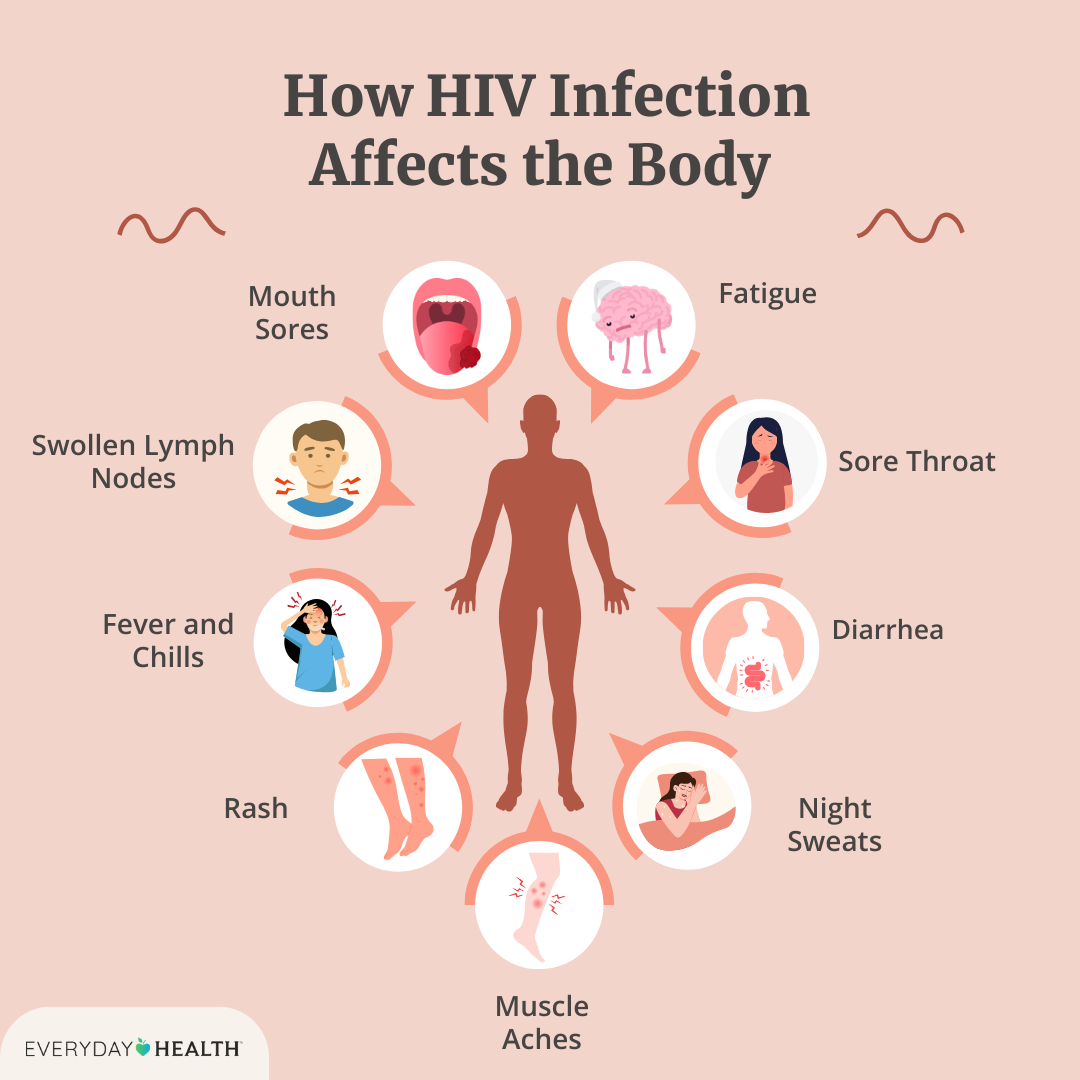A patient has been exposed to human immunodeficiency virus (HIV) but is not yet demonstrating signs of this disease. This stage of illness is called the ______ stage.
Prodromal
Remission
Exacerbation
Latent
The Correct Answer is D
Choice A Reason:
The prodromal stage refers to the period during which early symptoms of a disease appear but are not yet specific or severe. This stage is often associated with infectious diseases where initial symptoms like fever, malaise, and fatigue occur before more specific symptoms develop. In the context of HIV, the prodromal stage would not be applicable as it refers to the early symptomatic phase rather than a period without symptoms.
Choice B Reason:
Remission is a term used to describe a period during which the symptoms of a disease are reduced or disappear. This term is commonly used in the context of chronic diseases such as cancer or autoimmune disorders. For HIV, remission would imply a reduction in viral load and symptoms due to effective treatment, but it does not describe the asymptomatic phase following initial exposure.
Choice C Reason:
Exacerbation refers to the worsening or flare-up of symptoms in a chronic disease. This term is often used in conditions like asthma or multiple sclerosis where symptoms can become more severe periodically. In the context of HIV, exacerbation would describe periods where symptoms become more pronounced, not the asymptomatic phase after initial exposure.
Choice D Reason:
The latent stage, also known as the clinical latency stage or asymptomatic HIV infection, is the period after initial HIV exposure when the virus is present in the body but not causing any symptoms. During this stage, HIV continues to replicate at low levels, and the individual may not feel sick or show any signs of the disease. This stage can last for several years, especially with effective antiretroviral therapy.

Nursing Test Bank
Naxlex Comprehensive Predictor Exams
Related Questions
Correct Answer is B
Explanation
Choice A Reason:
An increase in HCO3- (bicarbonate) is not typically associated with diarrhea and lower intestinal fluid losses. In fact, the opposite is true. Diarrhea often leads to a loss of bicarbonate, which can result in metabolic acidosis. Therefore, this choice is incorrect.
Choice B Reason:
This is the correct answer. Diarrhea and other lower intestinal fluid losses lead to a decrease in HCO3- levels. The loss of bicarbonate from the body results in a lower pH, contributing to metabolic acidosis. This condition occurs because bicarbonate is a key buffer that helps maintain the acid-base balance in the blood.
Choice C Reason:
An increase in the chance of alkalosis is not typically associated with diarrhea. Alkalosis refers to a condition where the pH of the blood is higher than normal, which can occur due to a loss of hydrogen ions or an increase in bicarbonate. However, diarrhea usually causes a loss of bicarbonate, leading to acidosis rather than alkalosis.
Choice D Reason:
Saying that diarrhea has no effect on the pH of the blood is incorrect. Diarrhea can significantly impact the acid-base balance in the body by causing a loss of bicarbonate, leading to metabolic acidosis. Therefore, this choice is incorrect.
Correct Answer is B
Explanation
Choice A Reason:
Vomiting is not a risk factor for a heart attack but rather a symptom that can occur during a heart attack. Risk factors are conditions or behaviors that increase the likelihood of developing a disease. Vomiting can be a sign of various conditions, including gastrointestinal issues or even a heart attack, but it does not contribute to the risk of having a heart attack.
Choice B Reason:
Hypertension, or high blood pressure, is a significant risk factor for heart attacks. It causes the heart to work harder than normal, leading to the thickening of the heart muscle and narrowing of the arteries. Over time, this increased workload can damage the arteries, making them more susceptible to blockages that can cause a heart attack. Managing blood pressure through lifestyle changes and medication is crucial in reducing the risk of heart attacks.
Choice C Reason:
Chest pain is a common symptom of a heart attack but not a risk factor. Risk factors are pre-existing conditions or behaviors that increase the likelihood of developing a disease. Chest pain, also known as angina, occurs when there is reduced blood flow to the heart muscle, often due to blockages in the coronary arteries. While chest pain indicates a potential heart problem, it is not a contributing factor to the development of a heart attack.
Choice D Reason:
Cell necrosis refers to the death of cells, which can occur during a heart attack when the blood supply to part of the heart muscle is blocked. This is a consequence of a heart attack rather than a risk factor. Risk factors are conditions or behaviors that increase the likelihood of developing a disease, whereas cell necrosis is a result of the disease process.
Whether you are a student looking to ace your exams or a practicing nurse seeking to enhance your expertise , our nursing education contents will empower you with the confidence and competence to make a difference in the lives of patients and become a respected leader in the healthcare field.
Visit Naxlex, invest in your future and unlock endless possibilities with our unparalleled nursing education contents today
Report Wrong Answer on the Current Question
Do you disagree with the answer? If yes, what is your expected answer? Explain.
Kindly be descriptive with the issue you are facing.
